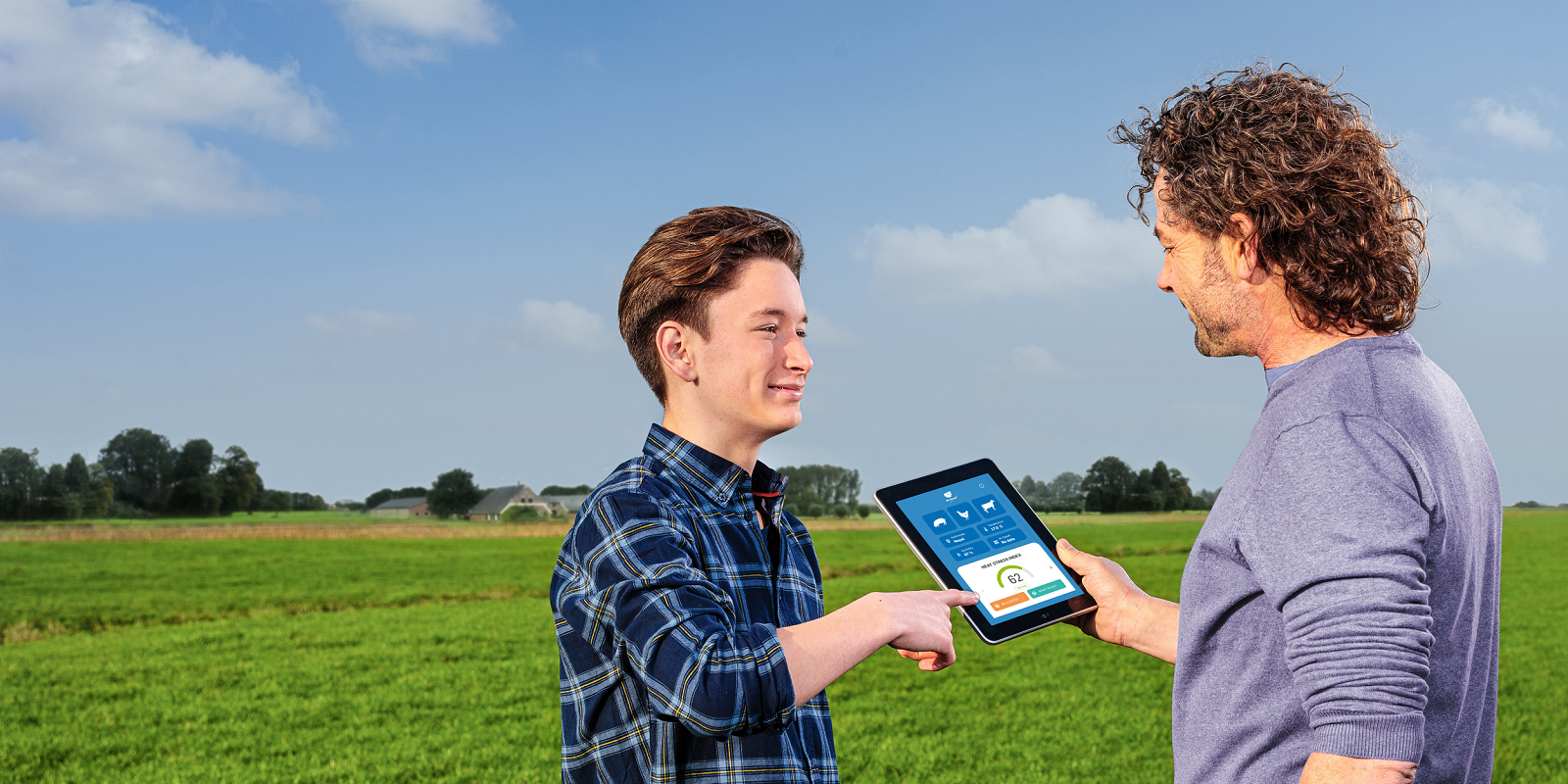
1. Orientation and insulation of the farm house
For open side housing the best house orientation is the one that follows the east-west longitude axis, resulting in lowest heat load on the walls from the sun in summer. Insulating the roof of a house minimizes the transfer of heat from outside to inside.
2. Provide air circulation
Circulation fans help to provide a windchill effect on hot days with little wind or air movement outside. Circulation fans can be used very effectively in combination with a fogging/misting system. However, take note not to expose your young chicks to direct draught!
3. Provide shade through screens or trees and cool naturally with grass.
Avoid direct sunlight on birds by using shades or roof overhangs. Heat load can be reduced 30-50% by providing shade. Tall trees can be beneficial in supplying shade to the house’s roof, but should not disturb air movement. Grass grown close to the poultry house, when regularly and properly mown, will reduce the sun’s reflection from the ground. When watered, this green lawn will have a cooling effect through evaporation.
4. Give your birds more room
Reduce the stocking density to 6 birds per square meter. Install perches and train the birds to use them to increase the usable surface per bird.
5. Provide cool water
Flush the water lines frequently when water temperatures rise too much. Prevent direct sunlight on water tank (create shade and paint reservoirs or tanks white).
6. Feed during coolest time of day
Stimulate feed intake during the coolest time of the day and reduce intake during the hottest time of the day. No feeding during the hottest time of the day.
